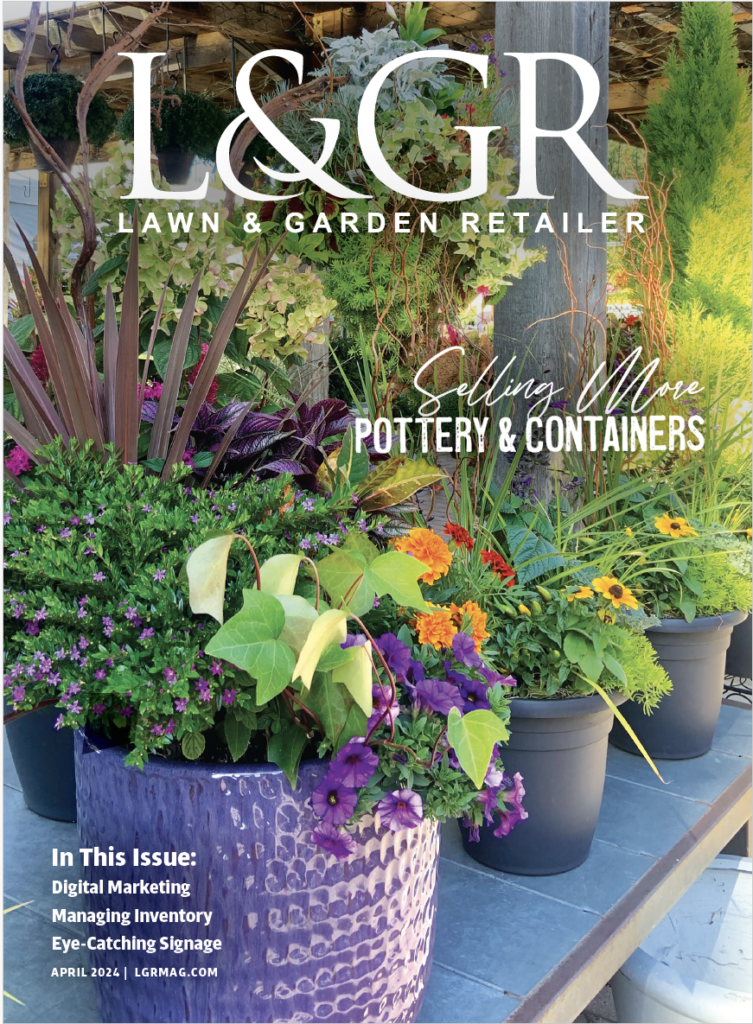A Realistic Dreamer
I’m writing this column in the peak of spring, but it’s now July as you read this, and the busiest part of your spring season has passed. Hopefully the weather gods look down favorably upon you this year and the ever changing and challenged consumer has listened to their inner cravings for flowers and plants and granted you a successful season.
I say that our consumer continues to be challenged and changing, and that’s based on the financial results for the first quarter of 2016 that have just been released.
Following a fairly solid fourth quarter of 2015 for both sales and profits and what had been a stronger recovery in the overall economy, most retailers forecast small increases for the first quarter in the range of 1 to 5 percent.
Results for first quarter, however, came in significantly below expectations, especially for traditional brick and mortar (B&M) retailers, chains and smaller regional players, high end (e.g., Nordstrom) and value retailers (e.g., Dollar Tree).
To put things in perspective to illustrate how bad things were in the first quarter, Wall Street did its version of the “happy dance” when Wal- Mart’s comparable sales were up 0.9 percent versus a forecast of +0.5 percent, pushing its stock value up almost 10 points in a single day!
Digging deeper into the first quarter numbers, it appears consumers were spending on high ticket items (major home improvements and cars), with credit card debt pushing pre- recession levels, and saving more due to uncertainty on future direction of the economy, especially in this wild election year, but cutting back on their purchases of lower priced discretionary categories.
Based on first quarter actuals, almost all retailers have significantly lowered their expectations for second quarter performance, predicting that the lackluster consumer spending will continue.
The Reality of Increasing Sales
In response to the current challenging consumer trend, retailers of all types and sizes are ramping up their promotional efforts to both clear out unsold inventory from the first quarter and inventory that was purchased in anticipation of stronger than now expected second quarter sales, and to bring in more traffic to drive sales growth and maintain market share.
From what I’ve observed, almost all of this promotional response is price based, which will negatively affect profits, even if this strategy serves the purpose of generating traffic.
It’s important to remember that, despite what the challenges may be, there are only a few ways to increase sales and/or build consumption:
- Increase traffic and expand your customer base
- Increase the frequency of shop of your existing customers
- Increase transaction value (raise prices and/or increase the number of items per transaction)
The approach and focus one takes will be significantly different in addressing a short-term situation versus one that is longer term.
Individual retailers or national chains have the ability to respond to current and short-term future trends and behaviors to try to chart a path toward short-term success for their own operations.
But when an industry like ours considers the realities of a slower growing or even stagnant sales trend, major demographic changes (i.e., the boomers who built our business with us won’t be around forever, and the millennials aren’t yet major customers of our products and services), and consumer purchasing behaviors are changing (e.g., Amazon, online research/ ordering and home delivery), the challenges and opportunities we face are far greater than what any individual company can address.
It will take an industry effort to address so we can all grow and prosper in the future.
Over the past few years there’s been conversation with increasing frequency about the need for the inclusive horticulture industry — breeders, growers, wholesalers, hardlines suppliers, importers, independent retailers, chain retailers — to work together for the greater good of the industry to take an active role in our industry’s future.
An integral part of most of these discussions centers around finding a way for all industry players to contribute funds to drive industry promotion, funding that could be sustained over time to allow a promotional campaign to take effect, funding that would ideally be mandated rather than voluntary.
Though it may sound like an oxymoron, I’ve been called a “realistic dreamer.”
I, too, have the dream and vision for the industry working together for the greater good, but from experience, investigation and research, my dreams have a pragmatic base.
Order Mechanics
From this perspective, allow me to provide some facts and realities for your consideration.
When most people think about industry promotion, they think in terms of something on the scale of the Dairy Council’s “Got Milk” advertising initiative encompassing ubiquitous billboards, national print publications and TV spots, or that of the Mango Board, the Egg Board, the Blueberry Board or many other commodity promotion and education campaigns.
All of these programs exist under the authorization given by Congress to the USDA Agriculture Marketing Services (AMS).
AMS provides oversight to the commodity boards and enforces the mandatory collection of funds from domestic producers and importers to fund the board’s activities, focused on developing new markets, strengthening existing markets, and conducting research and promotion programs (www.ams.usda.gov/rules- regulations/research-promotion).
A few quick facts on the AMS Promotion Order programs:
- Only growers and importers of perishable commodities can be assessed to generate funds, not manufacturers or retailers.
- There is no “opt out” for participating in an approved Promotion Order; all producers above an established deminimus (minimum) level are mandated to pay into the board fund at the rate established by the board (and approved by AMS).
- The process of submitting a proposal to AMS, getting its approval, conducting a referendum/vote from the industry in support of forming a board, submitting names for board membership, which are then reviewed/appointed by the Secretary of Agriculture, can be time consuming. And, once all of this is finalized, only then can work begin on creating a program.
- No programs can be implemented and paid for until assessed funds are in hand (pay as you go). It’s not unusual from time of proposal to a promotion to be executed to take three to four years.
- Any promotional campaign must be channel neutral and consumer focused; it cannot favor one channel over the other (i.e., IGC versus mass market).
- A referendum for continuation of a Promotion Order takes place every three to five years.
Other comments:
- All of the existing commodity boards are very product focused (i.e., eggs, mangos, watermelons, honey, etc.), compared to “horticulture” which includes multiple categories and product types, seasonal timing variances, different sales peaks, etc. This adds a layer of complexity that other commodities don’t have to deal with.
- To maximize and leverage the message of a Promotion Order campaign, it is essential that the same message be delivered at point of sale at the individual retailer and in their signage, print and social media.
- In 1984, a referendum was held to authorize a Promotion Order (Floraboard) for cut flowers and greens; it was voted down by the industry.
- Back in the late ’80s, the horticulture industry (cut flowers and greens) attempted to establish a Promotion Order (Plant America). It failed because no one could agree on the basis of a fair and equitable assessment method (assessment based on growing container versus percentage of finished product selling price versus percentage of net sales).
- In 1993, a Promotion Order (Promoflor) was established and implemented for cut flowers and greens under a delayed referendum. The campaign message focused on non-holiday sales and used Buzz the Bee as its icon and the “Think Flowers” tagline. When the first referendum was held in 1997, it was defeated by 58 percent of the assessed growers/handlers, based on the fact that many growers felt the non-holiday promotional focus benefitted the mass-market channel more than the traditional retail florists.
In 2006 a group representing cut flower/ greens growers and importers, wholesalers, retail florists, mass market retailers and wire services invested more than $150,000 to see if there was any methodology to establish mandatory assessments on the entire chain, from grower to retailer and everyone in between.
After two years of investigation and research, it was determined that the only possible means of mandatory assessment was through an AMS Promotion Order impacting growers only.
The growers felt it was unfair that they solely fund a promotion initiative that benefits the entire chain and the effort ceased.
So, though I have some concerns about how we could address the challenges of a broad category product base with geographic seasonal sales peaks, the option of an AMS approved Promotion Order with mandatory assessment of growers/ importers only remains for active consideration.
But I believe there might be some other options available for working together for the benefit of the entire industry …
Ready Right Now
Some of you may remember one of the most successful industry promotion campaigns designed to create a new peak season of selling, especially geared to trees and shrubs: the American Nursery and Landscape Association “Fall is for Planting” campaign.
The program ran in the late ’80s/early ’90s, with an emphasis on public relations, great placement with the garden writers in the local and national newspapers, in-store signage and fence banners and retailer support with run of paper ads introducing and educating the consumer on the benefits of fall planting.
As successful as it was, I believe the downfall was political; the campaign was originally focused on the implementation in the IGC channel and IGCs became disenchanted with the program when it was picked up by the mass market/home improvement channel, and they lost the competitive exclusivity they desired.
That said, “Fall is for Planting” proved just how impactful and actionable a relatively low cost PR campaign coupled with strong ground level store support can be!
‘Plant Something’ is another low-cost grassroots PR campaign that’s easy to implement and regionalize to support seasonal timing variances, and it focuses more on the quality of life benefits of plants and flowers than product itself.
Originally created by Cheryl Goar of the Arizona Nursery Association, it’s been picked up by/licensed to many other state associations for the benefit of their members.
The effectiveness is in its simplicity and focused message, and something that any retailer could implement at ground level.
America in Bloom has been around for 15 years and is focused on creating local community involvement with plants and flowers through a contest among other communities of like size.
It fosters a partnership of city government, the business community and the citizens who, working together, foster a true sense of community using our industry’s products as the catalyst.
These are examples of successful, grassroots campaigns that already exist, but very few in our industry are supporting and participating in these.
What to Implement
Start thinking outside the box for creative ways to reach your current and future customers with a message we can all rally around.
Think of the power if every plant stake had a common universal message on it (quality of life?) and every retailer included a banner reinforcing this message in its ads and circulars, or took one block on the page to educate the consumer to this unified message.
Think of the power if you had a template you could download onto your Facebook, Twitter, Snapchat and Instagram social media pages, with e-mail templates you could just drop in to your e-mail distributions, all reinforcing that same unified message.
If everyone in our industry in every channel jumped on the bandwagon, we’d have literally hundreds of millions of consumer impressions to this unified message in less than a year, far more than we’d reach with a Promotion Order!
A national “Got Milk” type promotional campaign sounds sexy, but is wrought with challenges with how we could effectively implement it. And even if we could implement it, local store participation, support and involvement would be needed to leverage its potential.
There are already grassroots programs you can use as jumping off points. Or it might cost a few bucks for the industry to invest in creating a unified marketing message and PR media and tools that could be used in a national campaign, executed at the local level.
We need more industry dreamers right now to ramp up the amplitude of these conversations!
Now is the time to get in front of the curve rather than chasing it sometime down the road when all we can do is react to it.
Dreamin’ and believin’ … it’s time to get our mojo working …





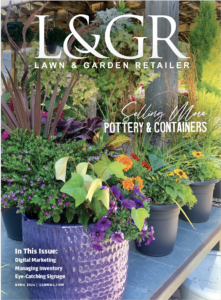
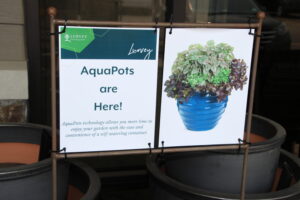

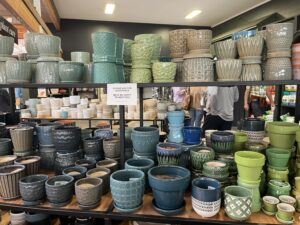

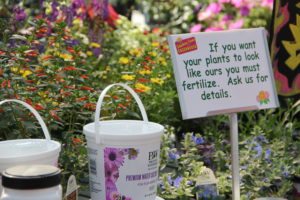
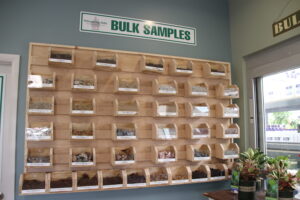
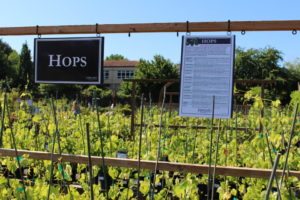

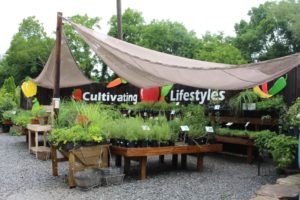
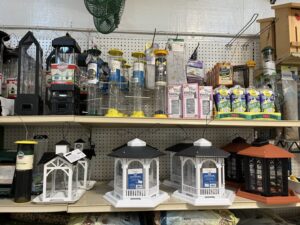
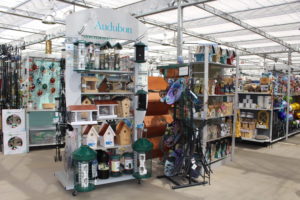
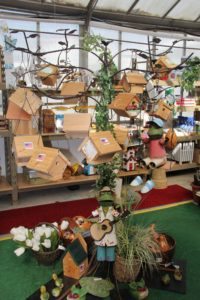
 Videos
Videos




